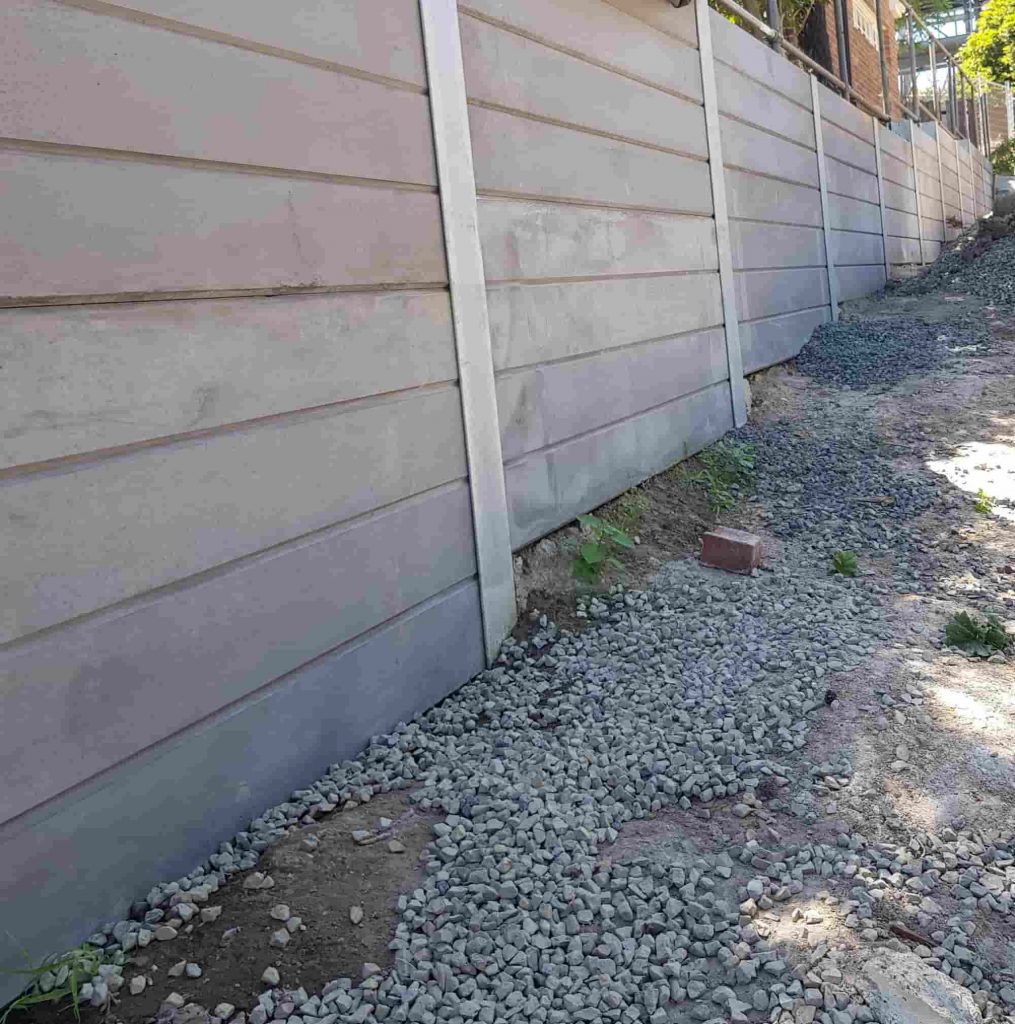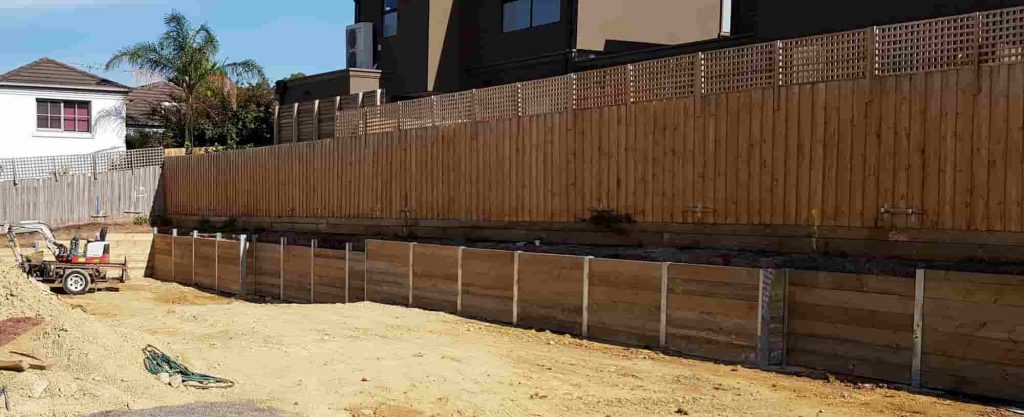Introduction
When it concerns home enhancement and landscaping, lots of aspects enter play. Among the most important elements is the keeping wall. It not just serves functional purposes but likewise enhances the visual appeal of your home. However have you ever wondered about the role of a retaining wall contractor? In this article, we'll explore how these specialists go beyond simple construction, ensuring that your maintaining wall stands strong and looks great for several years to come.
Retaining walls are important for preventing soil erosion, managing water runoff, and creating level surface areas in sloped areas. A retaining wall installer or builder must have a mix of technical understanding, creativity, and project management abilities to deliver an ideal solution tailored to your specific needs.
The Function of a Retaining Wall Contractor: More Than Just Building
A retaining wall contractor does much more than simply hammer away at bricks and concrete. They are involved in every element of the task-- from the initial assessment to the final touches that make the installation genuinely shine. Let's delve deeper into their responsibilities.
Understanding Client Needs
The first step in any project is understanding what the customer wants. An excellent professional will take a seat with you to discuss your vision, expectations, and budget.
- What's Your Vision? Is it an easy stone wall for aesthetic appeal? Or do you require something more robust like a concrete sleeper wall for structural support? What's Your Budget? Understanding monetary restrictions assists tailor services that fit both requirements and wallet.
Site Assessment
Before breaking ground, an extensive assessment of the website is crucial:
- Soil Analysis: The type of soil impacts how well a wall will hold up. Drainage Considerations: Water management is important in maintaining the stability of the wall over time.
Designing the Retaining Wall
Once customer requirements are comprehended and website evaluations are completed, the fun part begins-- developing!
Choosing Products Wisely
Different materials serve different purposes:
- Concrete Sleepers: Long lasting and versatile. H Beams: Best for sturdy applications. Wood Sleeper: Provides natural aesthetics however requires maintenance. Timber Sleeper: Comparable to wood but with included treatments for longevity. Stone Walls: Aesthetically pleasing however can be cost-prohibitive.
Planning Regulations
Every region has its own building regulations and guidelines concerning retaining walls:
- Permits Required? A respectable professional will assist browse this complex landscape. Zoning Laws: Understanding what's allowed will conserve headaches later on.
Engineering Calculations
A strong foundation is essential to any effective maintaining wall. Engineers work along with professionals to make sure:
- Proper load calculations Appropriate drain solutions
Preparation and Excavation
Preparation involves clearing debris and excavating as required:
Mark out where the wall will go. Dig trenches if necessary. Prepare base layers for stability.Installation Process
With whatever planned out, it's time for installation!
Laying Foundations
A strong foundation involves several layers:
Base gravel Geotextile fabric Layering stones or blocksBuilding Upwards
Once the foundation is set, walls begin taking shape:

- Stacking techniques differ based on materials. Proper positioning guarantees aesthetic appeals and functionality.
Incorporating Drainage Solutions
Effective drain avoids water accumulation behind walls, which can cause failure:

Finishing Touches
What good is a stunning wall if it doesn't blend with your landscape?
Landscaping Around Keeping Walls
Adding plants or ornamental stones can improve visual appeal:
Native plants for sustainability Decorative rock featuresFAQ Section
1. What kinds of products do maintaining wall specialists use?
Contractors usually utilize concrete sleepers, wood sleepers, timber sleepers, H beams, or stone depending on your needs and budget.

2. For how long does it take to construct a maintaining wall?
The timeline varies based on size and product; usually, expect anywhere from a couple of days to a number of weeks.
3. Do I require licenses for constructing a keeping wall?
Yes! Many areas need permits due to zoning laws; always seek advice from your professional concerning local regulations.
4. Can I set up a maintaining wall myself?
While DIY may appear tempting, working with an experienced professional guarantees proper setup that stands over time.
5. What maintenance do maintaining walls require?
Maintenance can consist of examining drainage systems regularly and changing any broken sections as needed.
6. What happens if my keeping wall fails?
A https://tuffstuffretainingwalls.com.au/ failing maintaining wall can cause considerable issues like soil disintegration or home damage; it's finest dealt with right away by professionals.
Conclusion
In summary, when considering setting up a keeping wall on your property, it's clear that employing a skilled retaining wall contractor deals more than simply physical construction; they bring proficiency in design, engineering concepts, regional policies compliance, website management abilities-- and far more! From conception through conclusion-- and even beyond-- they're important in crafting functional yet visually enticing structures that hold up against time's test while enhancing home value.
So next time you're considering including among these essential structures to your landscape, keep in mind: The function of a retaining wall contractor is undoubtedly much greater than just developing; it's about producing enduring quality while ensuring safety and appeal intertwine seamlessly!